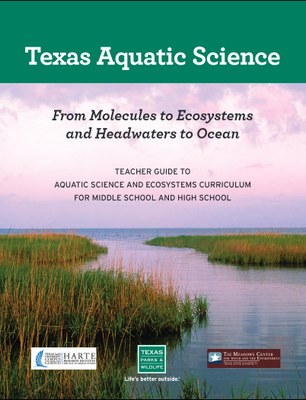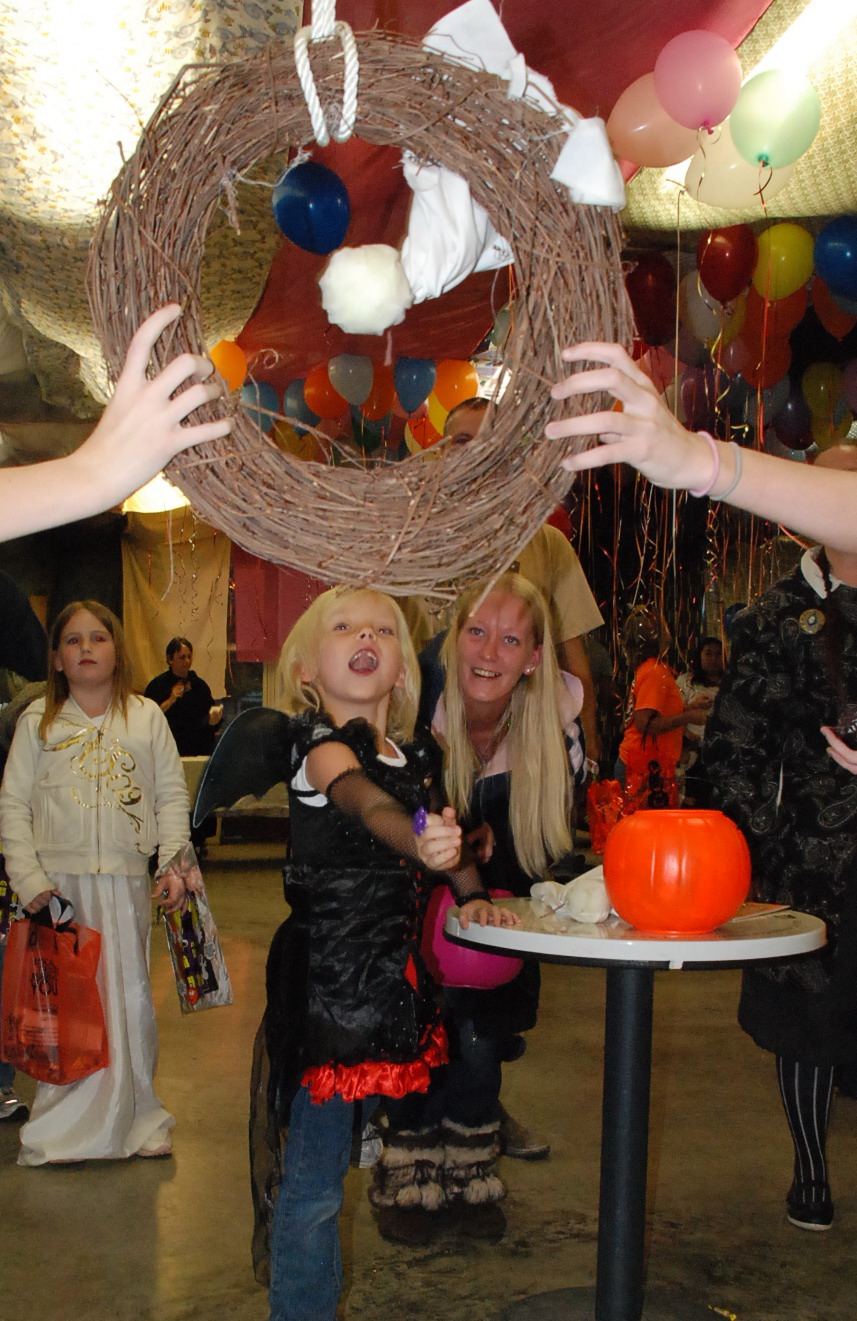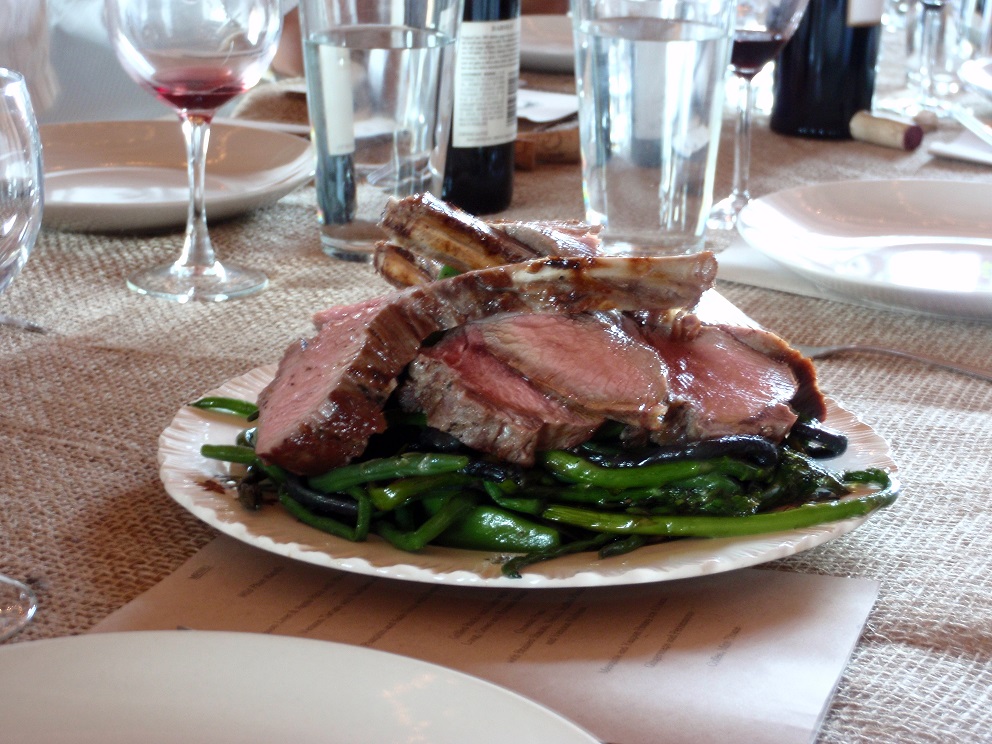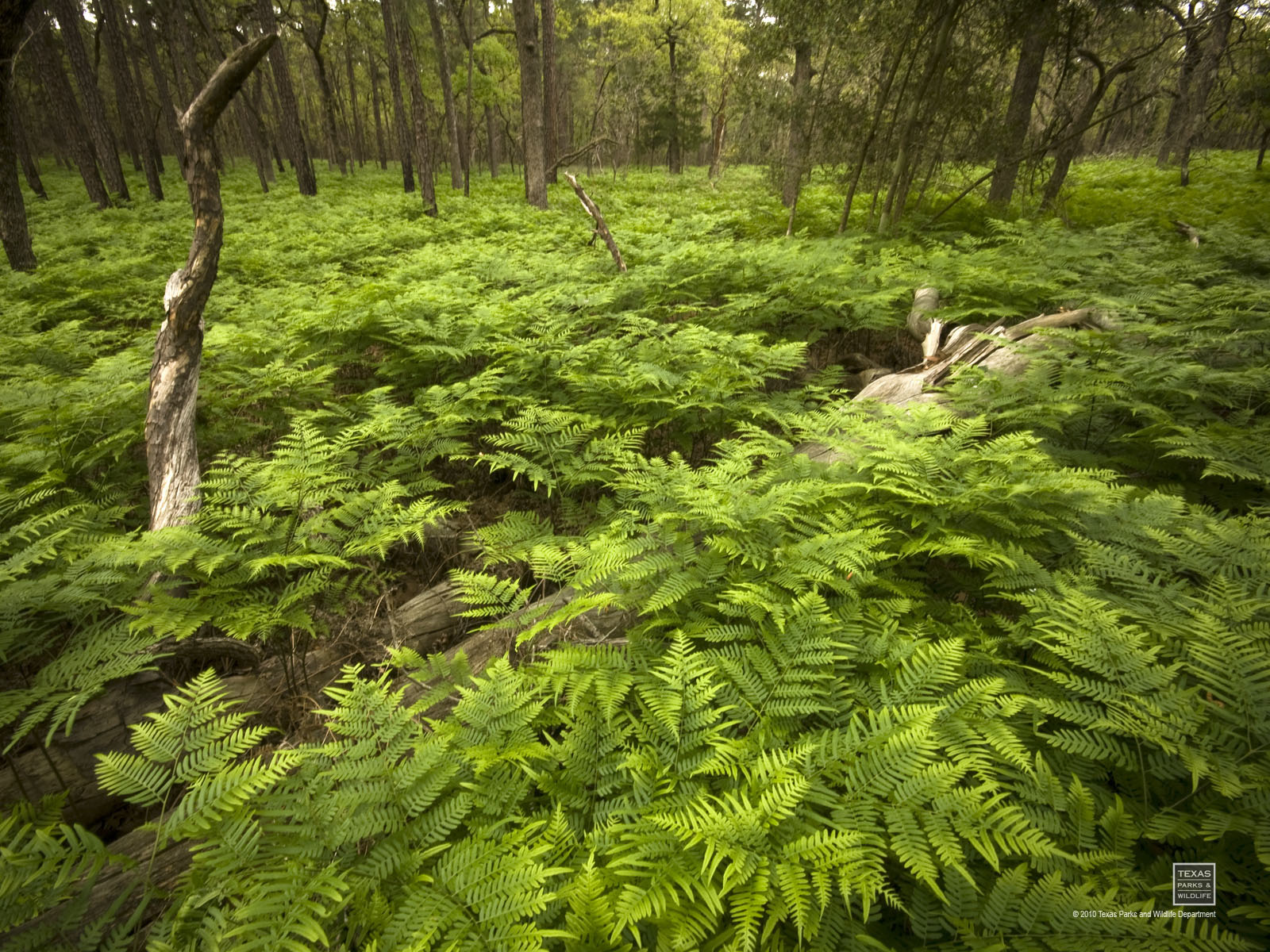Texas Aquatic Science Program
Tuesday, October 10th, 2017This is Passport to Texas
The Texas Aquatic Science curriculum covers a lot of ground, I mean, water. AmeriCorps Vista Volunteer, Colin Findley, coordinates the program for Texas Parks and Wildlife Department.
It’s getting people access to the outside world, and understanding the outside world in terms of water.
The program helps middle and high school teachers raise students’ awareness of the importance of water to life, aquatic ecosystems, and the effort necessary to conserve it all.
With Texas aquatic science, there’s the classroom capacity, and then there’s also what are called Texas Aquatic Science Certified field sites, which are state parks and other organizations that have access to water tied to the curriculum. So, you know, once an educator teaches the curriculum in the classroom, they can then go out and get full support from these aquatic science field sites.
Findley says Texas Aquatic Science is a full curriculum.
From sixth grade all the way up to twelfth. It’s TEKS (Texas Essential Knowledge and Skills) aligned. The greatest thing is that it’s completely free. So, the student textbooks online at texasaquaticscience.org, the teacher guides on the Texas Parks (and Wildlife) education page – it’s all there for any educator to have.
The program starts by identifying communities of greatest need, and then cultivates a core of facilitators.
That then teach workshops to spread the curriculum to educators throughout the state.
Find more information on the Texas Parks and Wildlife website.
The Sport Fish Restoration program supports our series.
For Texas Parks and Wildlife, I’m Cecilia Nasti.







 Passport to Texas is a
Passport to Texas is a  Passport to Texas is made available by:
Passport to Texas is made available by: